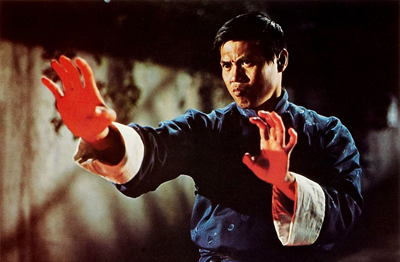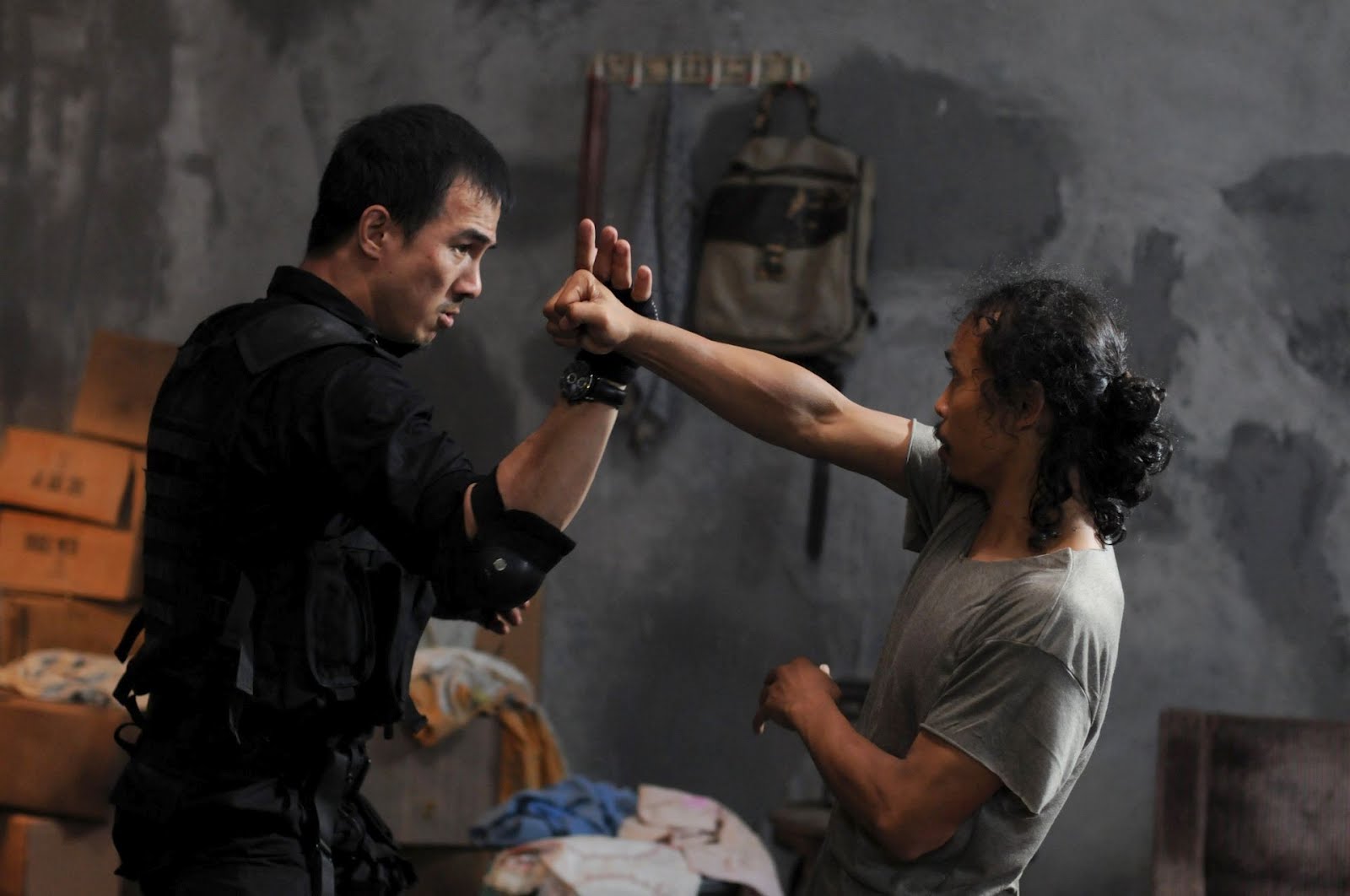Friday, September 20, 2013
A (Brief) Hundred Year History of Martial Arts Films. By Thomas Tan
Before we get started, there are two recent films you should have watched before we proceed. I’m not saying they’re required, but it would help to have them out of the way in order to appreciate the rest of this article. And really, they’re both so good that you should just watch them anyways. These two films are The Raid: Redemption and The Grandmaster, two of the greatest martial arts films we’ve made to date as a species. The reason I bring up these two films is that they represent the summation of more than a century of cinematic history and physical performance. To truly understand what an achievement these films are, we have to go back to the origins of the very medium itself.
Back when motion cameras were a new invention, people struggled to figure out what exactly what to use them for. Much like the budding shutterbugs in the camera-phone revolution, early filmographers shot anything and everything, from people on the street to animals in the fields. It wasn’t long before those lenses turned to the vaudeville performers on stage, bringing their dancing and acrobatic abilities to the popular culture for the first time. This legacy continued through the early film age, as we can see from the number of physical comedies that dominated the era. Across the Pacific Ocean, it was only a matter of time before Chinese Opera and martial arts performances began showing up on the silver screen as well. Unfortunately, a little matter of the Second World War put a bit of a damper on the budding Chinese film industry, leaving us to forever wonder what could have been.
Let’s skip ahead a few decades to what most of know as the true kung fu movie age. It wasn’t until the 1960s that martial arts filmmaking began in earnest, but it sparked an explosion of work. Dozens, if not hundreds, of films were made in the next 20 years, utilizing the talents of Chinese opera performers, newly graduated wushu practitioners, and seasoned veterans of martial arts legacies, survivors of a time when martial arts were systematically banned by the government. So what were these films like? Chances are you’re already quite familiar with their classical style: stiff exchanges of poses in sequence, rapidfire exchanges of techniques, and extended shots of acrobatics. As far as films go, they were rough and unpolished, lacking many of the production advantages we take for granted today. As a fight choreographer, I recognize that these early fights were flawed. The takes drag on, they lack any sort of interesting rhythm, and they were more interested in demonstrating their physical prowess than portraying a character or exhibiting an emotional arc. But they had a genuine quality to them that had never been seen before in the world, and it kept people coming back for more. These exotic movements demonstrated athleticism and talents we rarely see today. It was this amazing performance of the human body’s potential that inspired countless others to take up the craft themselves, to continue making films and improving on the foundations of the past.
While it would be silly to try and replicate the style of the past when we’ve learned so much since then, there are certainly lessons we can still take from those early works. As of this writing, the raw ability of the human machine has yet to find its equal in the digital world. Nothing can replace the same feeling of seeing a real live human being performing what appear to be death-defying stunts and mind-boggling aerial maneuvers. In the future, perhaps we’ll have progressed CGI technology far enough to perfectly replicate a man in motion, but until that day, the quality of seeing real people in real situations will always have a place for those willing to use it. Along those same lines, nothing will replace real physical skills and a lifetime of training. You can give an actor as many coaching sessions as you can before principal photography starts, but seeing someone with real ability and practiced hands is an unmatched experience.
So what does it take to create masterpieces like The Raid: Redemption and The Grandmaster? From what we’ve learned over these past hundred years, it’s really a matter of lining up the perfect storm of components. Beginning with actor/fighters with real talent and experience, then having an innovative fight choreographer to bring out their best and hide their worst, then composing a story that can get the audience emotionally invested in those fights, then finding a cinematographer than can make it all look perfect and building a crew that can deliver on that vision, then getting a director who can tie all the pieces together under one unified front.
And, of course, you have to find the money to pay everyone involved.
Subscribe to:
Post Comments (Atom)




No comments:
Post a Comment